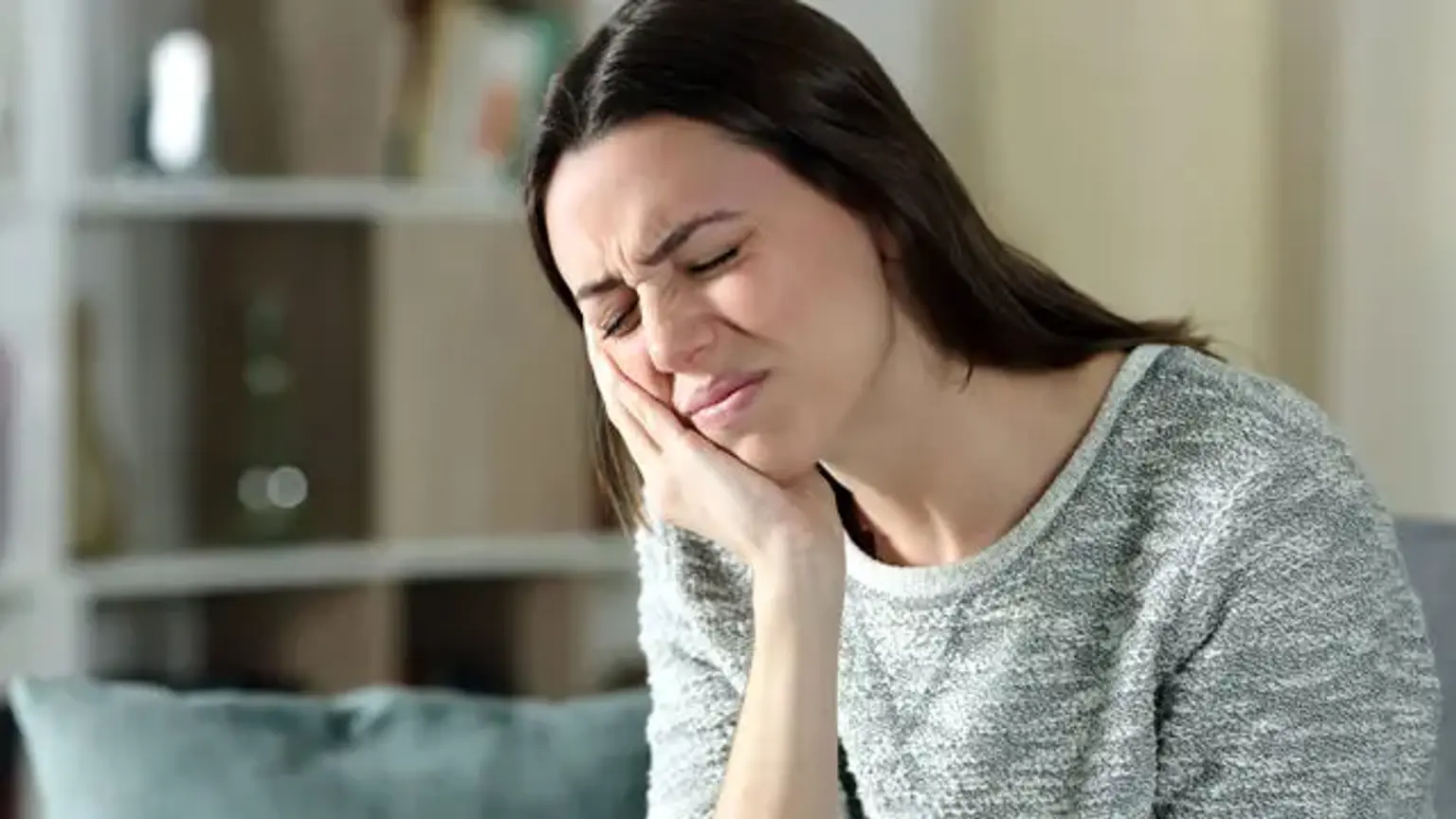Temporomandibular Disorder
Temporomandibular disorders (TMD) are a diverse set of musculoskeletal and neuromuscular disorders affecting the temporomandibular joint complex, as well as adjacent muscles and bony components. TMD affects up to 17% of individuals, with a peak incidence between the ages of 20 and 40. TMD is divided into two categories: intra-articular and extra-articular. Jaw discomfort or dysfunction, earache, headache, and facial pain are all common symptoms. TMD has multifactorial causation that encompasses biological, environmental, social, emotional, and cognitive factors. The majority of diagnoses are made depending on the patient's medical record and physical examination. When malocclusion or intra-articular disorders are suspected, diagnostic imaging may be helpful. A combination of noninvasive interventions, such as patient education, self-care, cognitive behavioral therapy, medication, physiotherapy, and occlusal devices, improves the majority of patients. In the beginning, nonsteroidal anti-inflammatory medications and muscle relaxants are advised, with the addition of benzodiazepines or antidepressants in chronic situations. Refractory patients should be referred to an oral and maxillofacial surgeon.
The mandibular condyle inserts into the mandibular fossa of the temporal bone to produce the temporomandibular joint (TMJ). This joint's mobility is mostly controlled by the mastication muscles. Craniofacial pain affecting the joint, masticatory muscles, or muscle innervations of the head and neck is known as temporomandibular disorders (TMD). TMD is a common cause of orofacial pain that isn't caused by tooth decay. TMD affects 12% to 15% of individuals, according to population-based studies, although only 6% of them seek therapy. TMD is most common between the ages of 20 and 40; it is twice as common in women as it is in males, and it comes with a high financial cost due to lost employment. Symptoms might range from minor discomfort to excruciating pain, as well as jaw function impairments.
